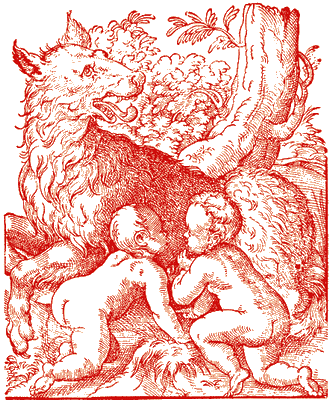|
|
Please note that Mommsen uses the AUC chronology (Ab Urbe Condita), i.e. from the founding of the City of Rome. You can use this reference table to have the B.C. dates
From: The History of Rome, by Theodor Mommsen
Translated with the sanction of the author by William Purdie Dickson

Page 35
The opposition, naturally as little satisfied as it was decidedly emboldened by this partial concession, displayed all the more rudeness and violence in the capital; and in Etruria, the true centre of all insurrections of the Italian proletariate, civil war already broke out, the dispossessed Faesulans resumed possession of their lost estates by force of arms, and several of the veterans settled there by Sulla perished in the tumult. The senate on learning what had occurred resolved to send the two consuls thither, in order to raise troops and suppress the insurrection.(20)
20. From the fragments of the account of Licinianus (p. 44, Bonn) it is plain that the decree of the senate, -uti Lepidus et Catulus decretis exercitibus maturrime proficiscerentur- (Sallust, Hist. i. 44 Dietsch), is to be understood not of a despatch of the consuls before the expiry of their consulship to their proconsular provinces, for which there would have been no reason, but of their being sent to Etruria against the revolted Faesulans, just as in the Catilinarian war the consul Gaius Antonius was despatched to the same quarter. The statement of Philippus in Sallust (Hist. i. 48, 4) that Lepidus -ob seditionem provinciam cum exercitu adeptus est-, is entirely in harmony with this view; for the extraordinary consular command in Etruria was just as much a -provincia- as the ordinary proconsular command in Narbonese Gaul.
Do you see any typos or other mistakes? Please let us know and correct them
|
|
Reference address : https://ellopos.net/elpenor/rome/5-01-lepidus-sertorius.asp?pg=35